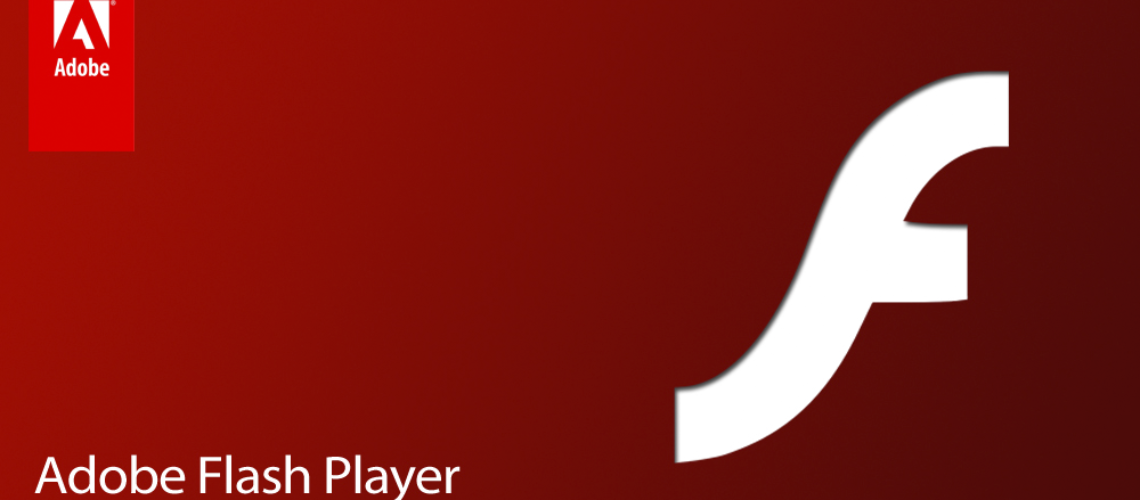According to the latest McAfee™ security report, there have been 42 exploits uncovered by IT security experts. Recent statistics also revealed 317 percent rapid growth in malware attacks. Also, the report outlines key statistics about an increase in Flash™ player compatible mobile devices.
What Are the Dangers in Flash?
The importance of Adobe™ Flash Player is high since people use it for an individual as well as business purposes and It creates a significant opportunity for different types of malware, McAfee experts explain.Though the software is being updated, hackers manage to find exploits in the code and use them to gain access to systems or steal personal information, and this leads in most cases to intellectual or financial losses.
The report also indicates several different sinister malware programs to be aware of, which are:
- The new versions of Cryptowall ransomware.
- CTB-Locker program for email phishing and fake advertising scams which lead to extortion for paying ransoms in exchange for information.
- New TorrentLocker ransomware that is essentially a mix between Cryptolocker and Cryptowall, but has a unique code specific to it only.
- BandarChor ransomware that is based on old malware.
All of the mentioned above malware are extremely dangerous for businesses, especially if the information that is encrypted is financial since it can result in disastrous consequences if terminated.
What .SWF Exploits Were Uncovered?
The McAfee report also uncovered several .swf file in Flash vulnerabilities open to different conventional attacks. The most dangerous types are:
- DDoS(Denial Of Service) attack vulnerabilities, concentrated mainly in an opportunity for memory corruption and code altering.
- Bypass attacks – improper restriction on memory addresses allowed hackers to grant themselves access to Windows OS systems.
- Execute code and overflow – exploits that give way to hackers to flood the system, causing overflow of the systems which results in crashes and other malicious deeds.
Adobe is constantly updating its software. However, its widespread usage turns it into a tool to hack your system and steal information without your consent that in some cases may lead to financial losses and even identity theft. This is why, there is a specific software to help you cope with Ransomware, Trojans, Adware and DDoS attacks, since new flaws are being discovered every day.

